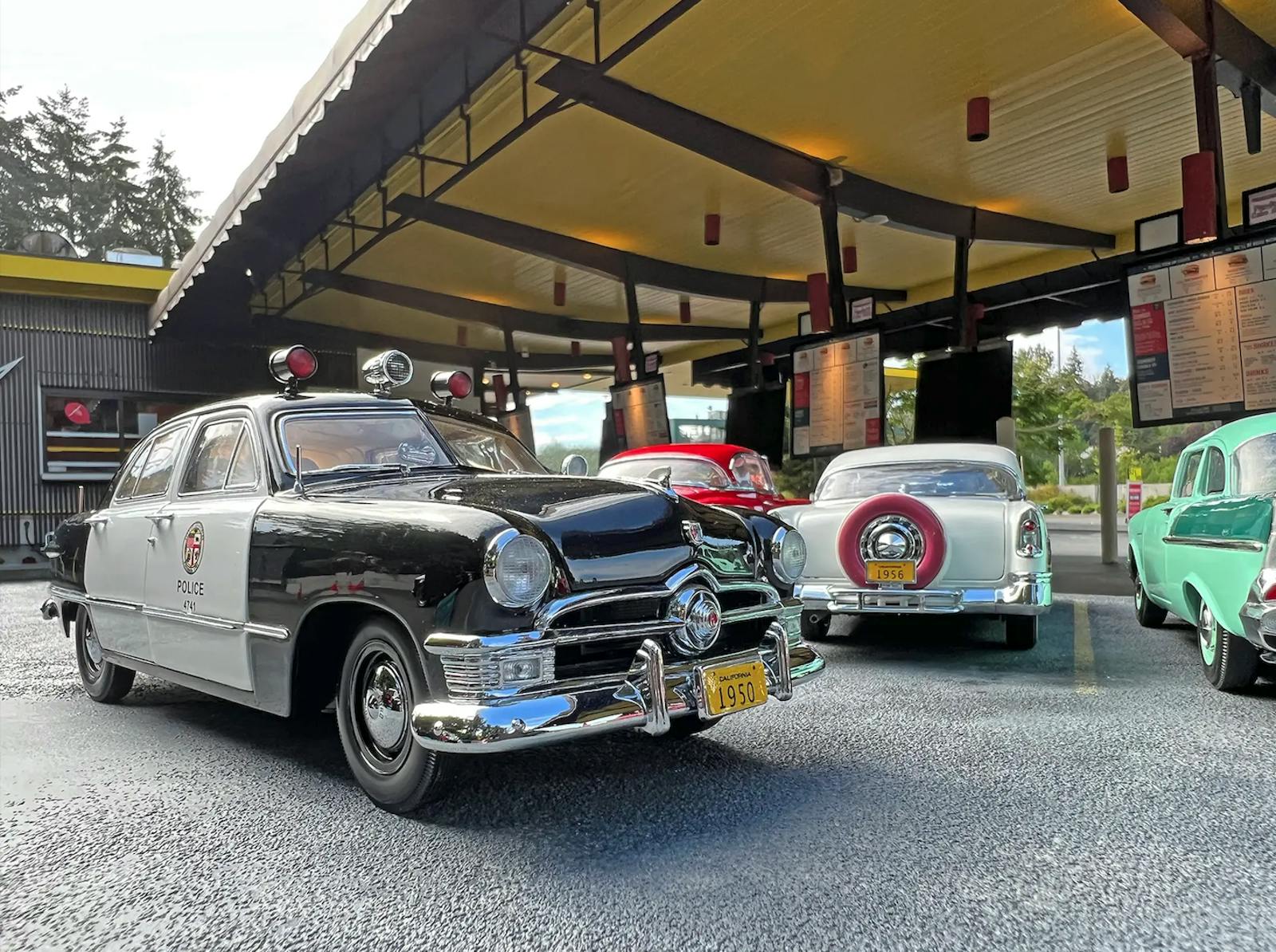5 things we learned about the C4 ZR1 from Corvette chief engineer McLellan
Dave McLellan served as Corvette’s chief engineer from 1975 until he retired from General Motors in 1992. His work spanned two generations of America’s Sports Car and brought the Corvette to the world stage by ushering in the return of the ZR1. McLellan had a lot to say about the Corvette’s evolution when he stopped by Hagerty headquarters and gave a talk in the Drum, surrounded by his own 525-hp C4 ZR1 and its C6 and C7 successors. Here are our favorite bits of trivia from his half-hour lecture.
1. Corvette engineers had hoped to upgrade the C4 ZR1
McLellan wasn’t happy about the S-10 ZR2, Chevrolet’s off-road version of its compact pickup launched in 1994. McLellan had planned for a “serious upgrade” of the ZR1 that he hoped could wear the ZR2 name and carry on the legacy established by the 1971 ZR2. We like the current Colorado ZR2 quite a bit, but it certainly could have used just about any other name.
2. Initial C4 ZR1 prototypes were turbocharged
Early in the C4’s model run, engineers were already looking for ways to boost power. Chevrolet experimented with twin-turbocharged small-block V-8s before the Lotus-designed DOHC LT4 was developed.

3. Its media launch traced the Monte Carlo Rally route
For the European media debut, 15 ZR1 Corvettes were flown to Geneva, Switzerland, and the press drive took them to the south of France on some winding mountain roads. One of the press vehicles crashed when a journalist ran out of talent and nearly ended up driving over a cliff.
4. The Corvette team set FIA endurance records with the production ZR1
A 175.885 mph 24-hour endurance record was set in a 1990 Corvette on a Texas track nearly eight miles long. McLellan said he was confident in the LT5 because it had been tested to 500 hours of full-throttle testing. (The current speed record over a 24-hour period stands at 200.635 mph and is held by the experimental Volkswagen W12 concept.)
5. Porsche and Lotus competed on designing the LT5 cylinder head
Lloyd Reuss wanted a four-valve, four-cam engine; and, with much of Chevrolet’s engine development tasked with keeping emissions in line on all the regular production cars, outside help was needed. Both Lotus and Porsche worked on their own designs for Chevrolet’s consideration. The Lotus design was selected and Mercury Marine handled the engine production.

